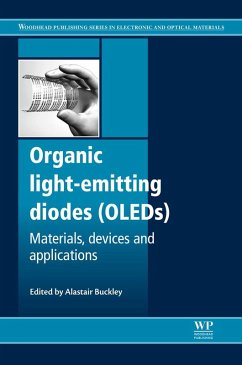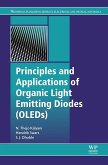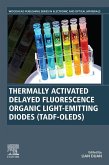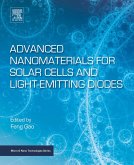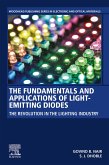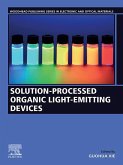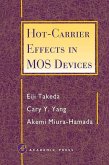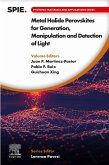Part one covers materials for OLEDs. Chapters review conjugated polymers, transparent conducting thin films, iridium complexes and phosphorescent materials. Part two discusses the operation and engineering of OLED devices. Chapters discuss topics such as highly efficient pin-type OLEDs, amorphous organic semiconductors, nanostructuring techniques, light extraction, colour tuning, printing techniques, fluorenone defects and disruptive characteristics as well as durability issues. Part three explores the applications of OLEDs in displays and solid-state lighting. Applications discussed include displays, microdisplays and transparent OLEDs, sensors and large-area OLED lighting panels.
Organic light-emitting diodes (OLEDs) is a standard reference for engineers working in lighting, display technology and the consumer electronics sectors, as well as those researching OLEDs.
- Summarises key research on the materials, engineering and applications of OLEDs
- Reviews conjugated polymers, transparent conducting thin films
- Considers nanostructuring OLEDS for increasing levels of efficiency
Dieser Download kann aus rechtlichen Gründen nur mit Rechnungsadresse in A, B, BG, CY, CZ, D, DK, EW, E, FIN, F, GR, HR, H, IRL, I, LT, L, LR, M, NL, PL, P, R, S, SLO, SK ausgeliefert werden.

